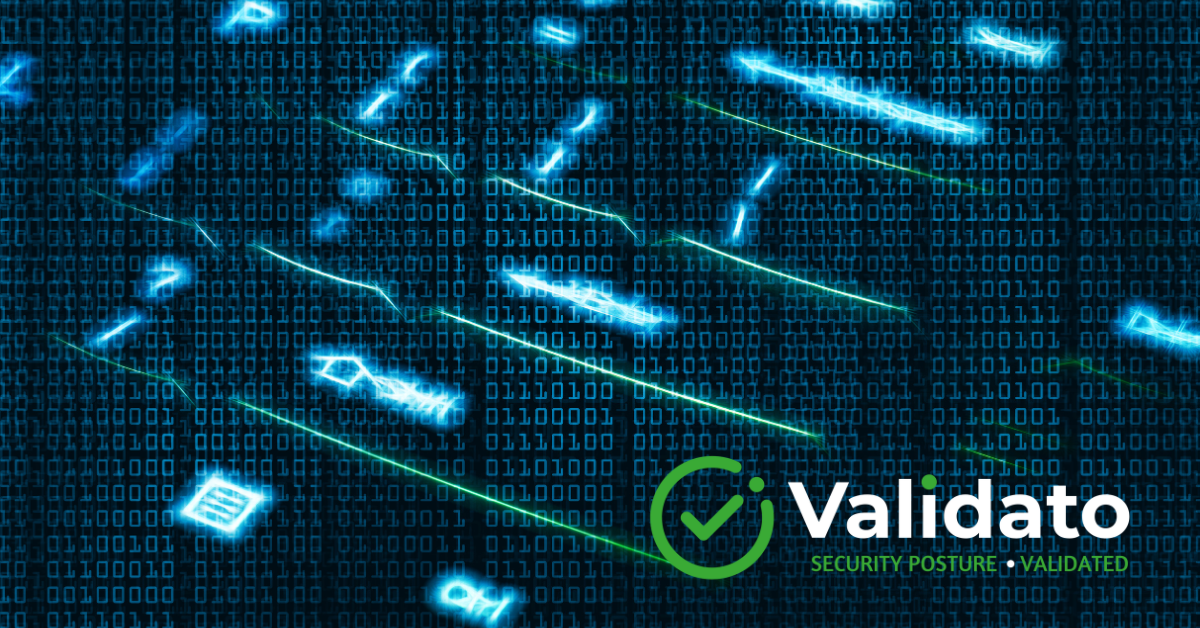Security Posture Validation: Strengthening Defences Against Modern Cyber Threats
In a rapidly evolving threat landscape, organisations face increasing pressure to demonstrate the effectiveness of their security controls. As attacks grow more sophisticated and regulatory requirements tighten, traditional approaches to security testing no longer provide adequate assurance. Security posture validation offers a more robust, ongoing approach to identifying vulnerabilities and ensuring defences work as intended when faced with real-world attack scenarios. By providing concrete evidence of security control effectiveness, security posture validation directly contributes to better security outcomes and more efficient use of limited cybersecurity resources.
Key Takeaways
- Security posture validation provides a proactive approach to identifying vulnerabilities through realistic attack simulations
- Common security misconfigurations and excessive privileges create exploitable gaps for attackers
- Continuous validation offers significant advantages over traditional point-in-time testing
- Validation helps organisations meet regulatory requirements while optimising security spending
- Even resource-constrained teams can implement effective validation using automated, guided approaches
This article explores how implementing a systematic validation process can transform your security posture from theoretical to proven.
What is Security Posture Validation?
Security posture validation is a proactive methodology that assesses the actual effectiveness of security controls against realistic attack scenarios. Unlike conventional security approaches that focus merely on implementing controls, validation verifies whether these controls actually work as intended when confronted with adversarial tactics.
| Core Components | Benefits |
|---|---|
| Real-world attack simulations in controlled environments | Identifies vulnerabilities before malicious actors can exploit them |
| MITRE ATT&CK framework alignment | Provides evidence-based insights into security gaps |
| Testing across Windows, Linux, and Mac environments | Identifies misconfigurations and security gaps across platforms |
Common Security Gaps Threatening Organisations Today
Organisations typically face several critical security gaps that create opportunities for attackers:
- Excessive User Privileges: Accounts with more permissions than necessary for their roles create an expanded attack surface
- System Misconfigurations: Default settings that prioritise convenience over security, outdated policies, or incomplete hardening
- Security Control Blind Spots: Lack of visibility into whether controls actually detect and prevent specific attack techniques
These security gaps create fertile ground for ransomware attacks and data breaches. Without proper validation of security controls, organisations remain vulnerable despite significant investments in security tools and technologies.
How Validation Differs from Traditional Testing
Traditional security testing approaches like penetration testing and vulnerability scanning provide valuable insights but fall short in several critical ways. Security posture validation offers distinct advantages through its continuous assessment methodology.
Traditional Testing
- Point-in-time evaluations
- Quickly becomes outdated
- Often focused on compliance requirements
- Narrowly focused methodologies
Security Posture Validation
- Continuous assessment
- Adapts to evolving threats
- Threat-informed approach
- Comprehensive coverage of controls
Real-World Impact on Security Outcomes
Implementing security posture validation delivers tangible benefits for organisations’ security programmes:
- Reduced Breach Likelihood: Proactively identifies and remediates security gaps before attackers can exploit them
- Faster Threat Detection: Verifies detection mechanisms work effectively and tunes them based on empirical evidence
- Improved Organisational Resilience: Enables verification of readiness against the latest threat techniques
- Prioritised Remediation: Identifies the most critical security gaps to enable efficient use of limited resources
Meeting Regulatory Requirements Through Validation
Organisations facing regulatory pressures, such as those subject to NIS2, DORA, or UK CSRA, can leverage security posture validation to demonstrate compliance with required security controls. These regulations increasingly require evidence-based approaches to security rather than checkbox compliance.
| Regulatory Benefits | Practical Applications |
|---|---|
| Documented evidence of control effectiveness | Satisfies requirements for regular testing and verification |
| Bridges compliance and security effectiveness | Aligns objectives by focusing on real-world security outcomes |
| Builds confidence with regulators and auditors | Demonstrates commitment beyond minimum compliance requirements |
Implementing Validation with Limited Resources
Resource constraints represent a significant challenge for many organisations implementing security validation. Fortunately, modern validation platforms make implementation feasible even with smaller security teams through automation and guided remediation.
- Automated Testing: Reduces manual effort required for comprehensive assessments
- Guided Remediation: Provides clear instructions for fixing identified security gaps
- Actionable Recommendations: Enables IT generalists to implement effective security improvements
- Accessibility: Makes validation accessible to organisations with limited cybersecurity resources
Measuring ROI from Security Posture Improvements
Calculating return on investment for security initiatives traditionally challenges security leaders. Security posture validation provides a measurable framework for demonstrating value through objective assessment of security control effectiveness.
Key ROI Considerations
- Compare validation costs against potential breach costs, regulatory fines, and reputational damage
- Optimise existing security spending by identifying redundant or ineffective controls
- Track improvement in security posture over time for concrete evidence of strengthened defences
- Transform security from a cost centre into a business enabler through objective evidence
Implementing security posture validation not only improves security outcomes but also demonstrates clear value to the organisation by providing objective evidence of security programme effectiveness.
If you’re interested in learning more, contact our expert team today.


